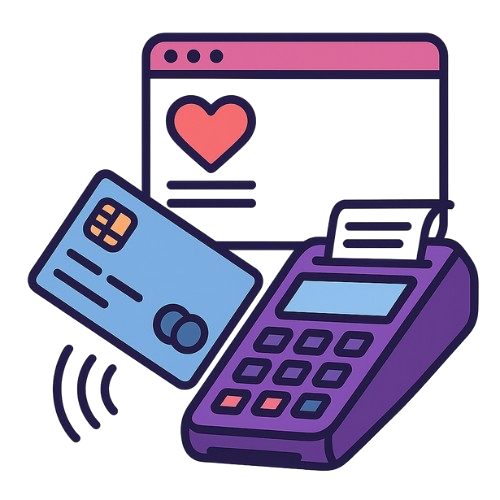Credit Card Processing for Adult Content Platforms

The adult content sector carries a higher level of payment risk than many other online industries. Card issuers often flag sites hosting explicit material as “high risk,” leading to stricter reviews, higher fees and occasional account freezes. Securing reliable credit card processing is vital for keeping subscriptions active and cash flow steady. This guide walks through the main hurdles, how to pick the right provider and tactics to keep declines and chargebacks to a minimum.
Understanding the High‑Risk Landscape
Why Adult Platforms Face Extra Scrutiny
Banks and major card networks worry about fraud, chargebacks and legal compliance when it comes to adult content. Mainstream processors may demand rolling reserves—a percentage of your sales held for weeks or months—and annual registration fees with Visa and Mastercard. Sudden account closures can tie up funds and stall your business overnight. That’s why many operators opt for a specialist adult merchant account built to handle high‑risk categories.
Typical Fees and Holds
Expect to encounter:
• Setup charges: One‑time onboarding fees to cover extra underwriting
• Scheme fees: Annual payments to card networks, often $950 or more per scheme
• Rolling reserves: 5–15% of volume held for 60–120 days
• Per‑transaction rates: 3–7% plus a fixed cent amount
Comparing fee structures side by side helps you avoid surprises. Some providers even tier fees by content type—live cam, premium video or pay‑per‑view.
Choosing the Right Processor
Essential Features to Look For
• Chargeback tools: Automatic alerts and representment support
• Fraud filters: IP geoblocking, velocity checks and device fingerprinting
• Age and ID verification: Built‑in compliance for adult content rules
• Multi‑currency support: If you sell globally, confirm payouts in local currencies
• Subscription billing: Native recurring‑payment options for memberships
If you plan to serve UK customers, review processors offering specialized credit card processing UK services and local settlement.
Compliance and Certification
High‑risk providers will ask for:
• Company registration and ownership documents
• Scans of passports or driver’s licenses for principals
• Proof of address (utility bills or bank statements)
• A site content review to confirm legality
You’ll also need PCI DSS compliance. Many processors offer hosted payment pages that shift the burden of security off your servers.
Integrating Payment Services
Step‑by‑Step Setup
• Apply for a high‑risk merchant account and complete the KYC form.
• Upload required documents via the provider’s secure portal.
• Retrieve API credentials or install the CMS plugin.
• Test transactions in sandbox mode, including successful, declined and chargeback scenarios.
• Go live and run small batches of real transactions before scaling up.
Technical Best Practices
• Serve payment pages over HTTPS with TLS 1.2 or higher.
• Use clear transaction descriptors so customers recognize charges and avoid disputes.
• Send automatic email receipts with order details and refund policy links.
• Implement webhooks to track settlement and dispute events in real time.
Monitoring Performance and Reporting
Keeping an eye on your processing metrics can spot issues before they snowball. Track:
• Approval rates: Aim for 90%+ of attempted transactions
• Chargeback ratio: Keep under 1% to avoid extra fines
• Decline reasons: Analyze error codes (insufficient funds, AVS mismatch, etc.)
• Settlement times: Note any delays that could signal a hold
Schedule monthly reviews of your dashboard and adjust risk settings—tighten filters if fraud spikes or loosen them if declines climb without clear cause.
Reducing Declines and Chargebacks
Offer alternatives like e‑wallets or ACH for customers who hit card declines.
Pre‑authorize cards before full capture to catch issues early.
Show clear policies on refunds and cancellations at checkout.
Use address verification and CVV checks to block mismatches.
Follow up with customers whose payments fail—sometimes a quick email resolves the issue.
Final Thoughts
Setting up payment services for adult platforms takes more work than a standard e‑commerce store, but it pays off in reliability and fewer surprises. By choosing a processor that specializes in high‑risk categories, staying on top of compliance, and fine‑tuning your checkout flow, you can keep your site running smoothly and focus on growing your audience rather than wrestling with payment holds. For more on processing options and account setup, check out our guide to adult content.